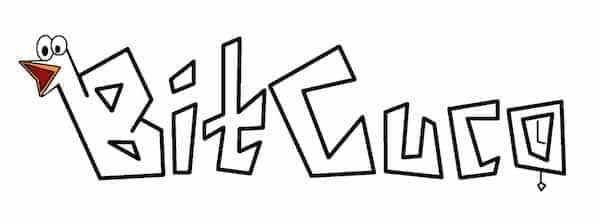
The introduction of technology has brought about radical shifts in the ever-changing field of education, resulting in the emergence of novel educational approaches. Distance education and online learning have become popular substitutes for conventional educational environments, providing global learners with flexibility as well as accessibility. In the realm of online learning and distance education, degree courses are becoming increasingly popular, offering individuals the flexibility to pursue higher education while navigating their unique life circumstances. Even though these phrases are frequently used synonymously, a deeper look uncovers subtle distinctions that influence the learning opportunities they offer.
- Both remote educational institutions and online instruction use technology to overcome geographical boundaries and close the distance between teachers and students. The differences, however, are found in the instructional strategies, delivery techniques, and character of the learning process.
Contents
Online Learning
- The phrase “online learning” refers to a wide range of instructional models that are made available via digital media. The utilisation of the World Wide Web to promote communication between pupils and educators is a defining feature of this learning approach. Online courses can be as short as skill-focused courses or as long as degree-focused programmes.
- Students usually use a digital platform to access course materials, engage in conversations, and turn in assignments in a virtual educational setting. Virtual spaces are used for peer and teacher interaction. Discussion boards and messaging are common synchronous methods of communication, while video conferencing is used for real-time communication.
- The concentration on using digital technologies for interaction, cooperation, and information delivery is the main characteristic of online learning. A dynamic learning environment is produced by this model’s high degree of interaction and multimedia fusion.
Distance Education
- Conversely, the phrase “distance education” is a more general word that includes a range of teaching strategies intended for students who are physically apart from their educational environment. This kind of instruction has its origins in mail-in homework and correspondence-based classes, which precede the world wide web era.
- A variety of communication channels are used in distance education, including written content, recordings of sound, video television programmes, and, more recently, internet resources. The physical distance between the student and the educational facility, which calls for the adoption of other delivery methods for instruction, is what distinguishes online learning.
- Online schooling is not solely dependent on digital technologies, as opposed to learning via the internet. It covers a range of methods, such as conventional postal letters, teleconferences, and even in-person meetings held during sporadic on-site visits.
Differentiating Elements
- Technological Dependence:
- Online Learning: Mostly depends on internet-based technology for interaction, evaluations, and information delivery.
- Distance Learning: For the benefit of students with different levels of access to electronic materials, distance learning makes use of a wider range of technology, incorporating non-digital methods.
- Interactivity and Engagement:
- Online learning places a strong emphasis on tools for collaboration, multimedia material, and immediate time or asynchronously online conversations.
- Distance education offers flexibility to students with different requirements by combining synchronous encounters through several media with asynchronous interaction via printed resources.
- Flexibility and Access:
- Online education provides flexibility about the time and location of learning, meeting the needs of those who are trying to strike an equilibrium between their other obligations and their education.
- Distance education is a type of education that was originally created to serve students who were unavailable to attend in-person classes.
Historical Evolution
- With the development of the internet and other digital technologies, online learning changed and became more popular in the latter half of the 20th century.
- The earliest types of distance education were mail-in coursework and correspondence-based courses, which date way back to the nineteenth century.
- Offering readily available and flexible possibilities for learning is a common objective of both distant education as well as online learning. Nonetheless, the decision between them frequently comes down to personal tastes, available technology, and what they want out of engagement.
- People who are dependable and at ease with modern technology. Those looking for a highly engaging and multimedia-rich educational programme. Students seeking for peer and teacher participation in real time.
Both remote learning and online learning are flexible options with unique benefits in the ever-changing educational environment. Depending on personal tastes, available technology, and desired involvement degree, one can choose amongst them. As technology continues to shape educational landscapes, the trend of online study in India is gaining momentum, providing learners with convenient and accessible avenues for acquiring knowledge and skills.
Last words
The lines separating both models may become less distinct as colleges and universities continue to adopt digital innovations, leading to the emergence of hybrid learning strategies that incorporate the best features of online as well as remote learning. The ultimate objective is still the same: to offer high-quality, readily available, and adaptable learning opportunities that support people in their pursuit of knowledge. To know more about undergraduate and postgraduate online degree programs offered from reputed institutions, check out Online Manipal.
